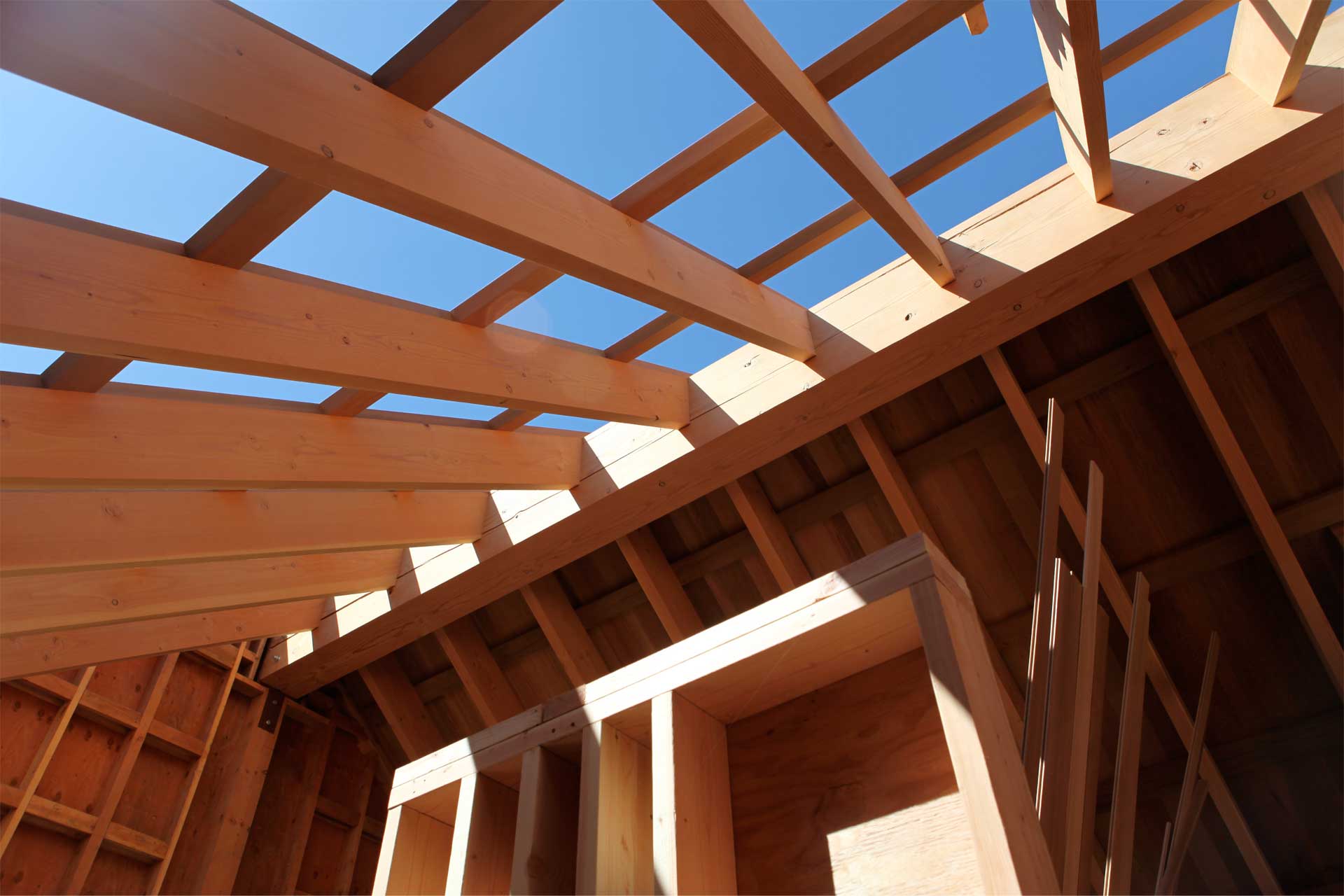METAL

Staying true to this principle, much of the metal we used was reclaimed from a variety of sources, including an old shipyard in Novato – where acres of old steel remain – and the Globe Elevator in Wisconsin. Built in 1887, the Globe was once the biggest grain storage facility in the world. It contains some 6 million board feet of wood (mostly Eastern white pine), as well as hundreds of tons of wrought iron and other antique hardware, which Jefferson Mack was excited to reuse in our project.
The majority of the new steel we used – steel frames, reinforcing, nails, bolts, roofing, and so on – has a high percentage of recycled content. All of it is 100% recyclable at end of use.
The steel frames that secure parts of the building in earthquakes are made with engineered “fuses” – parts that can bend, deform, and even break during shaking without jeopardizing life, and then be replaced after they have absorbed most of the shock. That way, the bulk of the frame (and invested energy) lives on.
Steel roof
Display More [+]- The carbon steel and stainless steel sheet used to produce Follansbee’s TCS II product is made incorporating 75% or more recycled scrap metal. In turn, cut-offs and seconds are sold back to scrap dealers for recycling. Any excess or bad alloy coated material is also sold as scrap.
- Follansbee Steel has not only committed to producing environmentally responsible products, but has improved its manufacturing process as well. Each phase of the process beginning with the base products used in manufacturing, the manufacturing process itself, continuing on to the disposal of waste products, and through to the finished product, are all accomplished within strict environmental guidelines.
- The development of the lead-free, zinc/tin Terne alloy not only eliminates lead exposed to the environment as the finished product, but also creates a safe environment for the employees producing the product. Monthly blood screening of employees has been eliminated. However, the elimination of lead has not affected the product performance.
- The only material used in the manufacturing process that is considered to be hazardous is diluted acid. Hydrochloric acid is diluted to 8% and is used to clean the steel sheet before coating. Additionally, zinc chloride flux is used before applying the Terne alloy coating. For this reason, the West Virginia EPA classifies Follansbee as a small quantity generator of hazardous materials. The spent acid is sold to licensed contractors who specialize in the disposal of these types of material. They in turn sell them for recycling according to EPA standards.
- There are no real pollutants generated during the manufacturing process. Air released from the mill first passes through a system of scrubbers to remove any acid vapors before release into the atmosphere. The air quality is strictly monitored by the West Virginia EPA to ensure compliance.
- Lastly, after the material has performed for 75-100 years on the roof, it is then able to be 100% recycled. Old Terne products now begin the process of becoming new products.
- The Project



